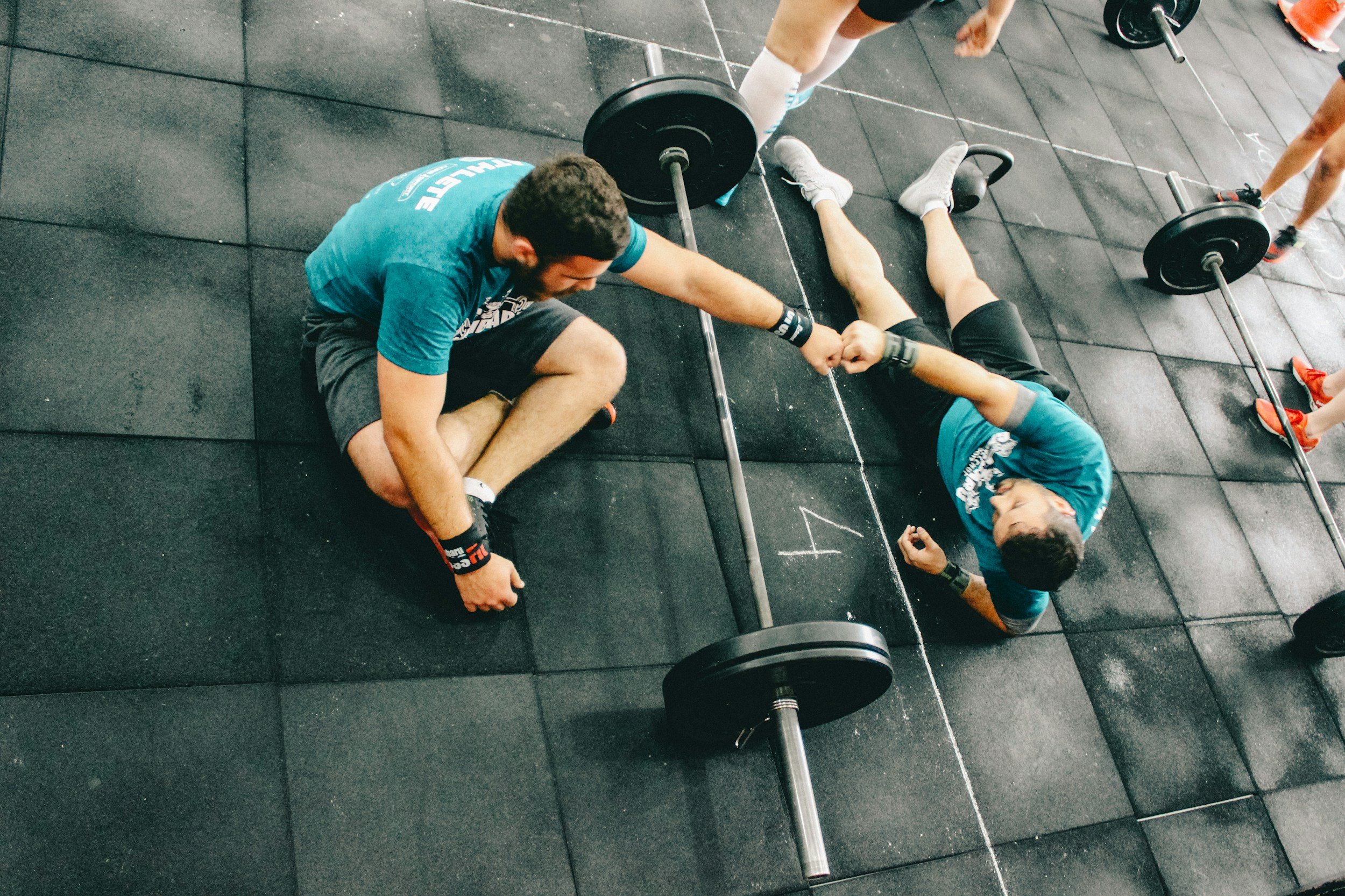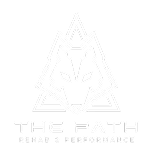Band-aids vs Building blocks

How to get long lasting results with sustainable PT solutions
In the pursuit of injury recovery, pain reduction, and returning to high level physical activities, many athletes seek out physical therapy or similar services to help them return to optimal health. However, not all rehab interventions are created equal. While some may provide temporary relief, others offer long-term solutions that address the root causes of pain and dysfunction. In this blog, we'll explore the differences between band-aid and long-term solutions in physical therapy and rehab, empowering you to make informed decisions about your recovery journey as an active and motivated individual.
Band-Aid Solutions:
So what are band-aid solutions exactly? Band-aid solutions in physical therapy are akin to quick fixes that provide temporary relief from symptoms without addressing potential underlying issues or facilitating long-term physical adaptations. While these techniques can have immense value in getting symptoms under control in the early stages of recovery, they should be thought of as an early stage spark in an overarching rehab plan, rather than a comprehensive solution in and of themselves. These interventions include:
- Passive Modalities: Passive modalities such as ice packs, heat therapy, ultrasound, or electrical stimulation are often used to temporarily alleviate pain or discomfort. While these treatments may provide short-term relief for some, they do not promote long-term healing or prepare athletes to be able to withstand challenging physical tasks.
- Manual Therapy: Manual therapy; including manipulations, mobilizations, massage, cupping, scraping, etc; can be a very valuable tool in reducing symptom severity and enabling a faster recovery. With that said, research does not favor the often-held theory that providers can fix anatomical “dysfunctions” with their hands. The effects seem to occur more on a physiological, neurological, hormonal, and/or psychological level and are thus typically more temporary when performed in isolation, without being paired with some of the long-term solutions listed in the next section.
- Easy Movements: low-intensity movements and exercise can be a bit of a gray area considering that integrating frequent movement throughout your daily routine can have tremendous benefits on chronic pain, well-being, and mitigating health risks. That said, many athletes have pain only with high-intensity activities and therefore require more challenging movement interventions catered towards building their physical preparedness for their sport; otherwise they are simply “going through the motions.”
- The band-aid bottom line: Band-aid interventions may prioritize short-term goals, such as reducing pain, without considering the long-term implications for functional movement patterns, strength, and mobility. In some cases, band-aid approaches may neglect patient education and empowerment, leaving athletes dependent on passive treatments or external interventions rather than actively participating in their own recovery.
Long-Term Solutions:
In contrast, long-term solutions in physical therapy are designed to address the root causes of pain and dysfunction, promote tissue healing and recovery, and empower individuals to achieve lasting improvements in their physical health and performance. These interventions may include:
- Comprehensive Assessment: Long-term physical therapy interventions begin with a comprehensive assessment of the individual's movement history and patterns, biomechanics, strength, and functional limitations. This assessment helps identify underlying issues contributing to pain.
- Individualized Protocol: Based on the assessment findings, physical therapists develop individualized protocols tailored to address the specific needs and goals of each individual. These plans may include a combination of manual therapy, therapeutic exercises, corrective movements, and patient education.
- Addressing Underlying Causes: Long-term interventions aim to address the underlying causes of pain and dysfunction, such as mobility, strength, major imbalances, training habits/readiness, stress management, sleep patterns, and coping strategies. By targeting these root issues, long-term solutions more effectively promote lasting improvements in pain, preparedness, movement quality, and resilience.
- Active Participation: Long-term physical therapy interventions emphasize active participation and patient engagement in the rehabilitation process. Patients are empowered with knowledge, tools, and strategies to take control of their recovery journey, including home exercises, self-care techniques, and lifestyle modifications.
- Functional Progression: Long-term solutions focus on functional progression, gradually restoring movement patterns, strength, and mobility in a progressive and systematic manner. This approach helps individuals safely return to their desired activities and sports with reduced risk of re-injury.
When it comes to physical therapy, choosing between band-aid solutions and long-term interventions can make a significant difference in your recovery and long-term health. While band-aid approaches may provide temporary relief, long-term solutions offer more sustainable improvements in pain, movement quality, function, and performance. Treatments that are individualized, active, challenging, and progressive will more effectively empower you to achieve lasting results and live life to the fullest. If you're ready to go beyond band-aids and invest in your long-term health and well-being, consider partnering with a physical therapist who shares your commitment to excellence and sustainable recovery.
Dr. Brooks Kenderdine
PT, DPT CSCS, USAW-1
Co-Owner | The PATH Rehab & Performance
Sign up for our newsletter
Join our community and receive exclusive physical therapy insights, training strategies, and recovery techniques tailored for active people.
